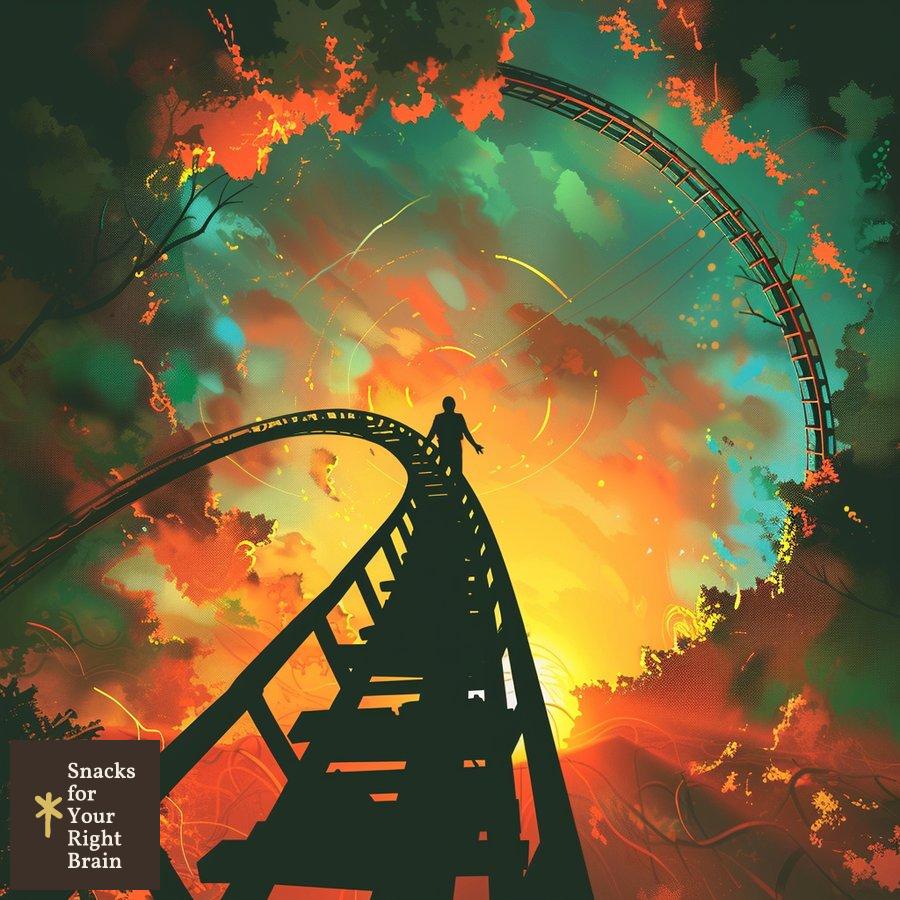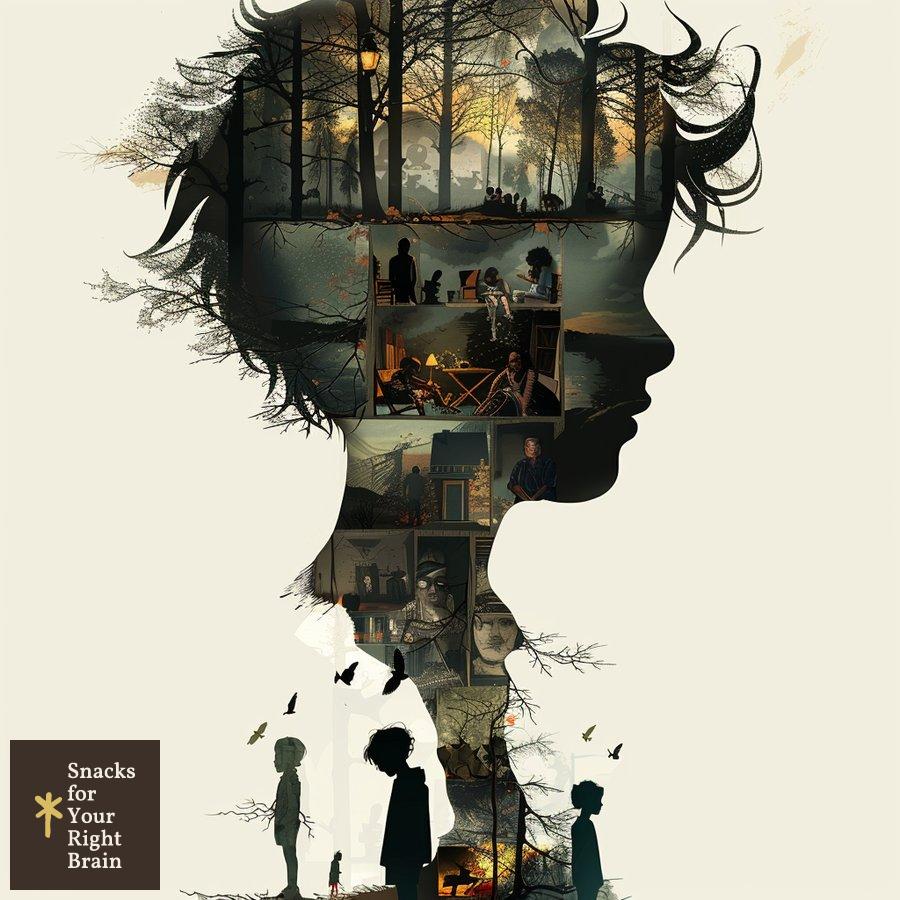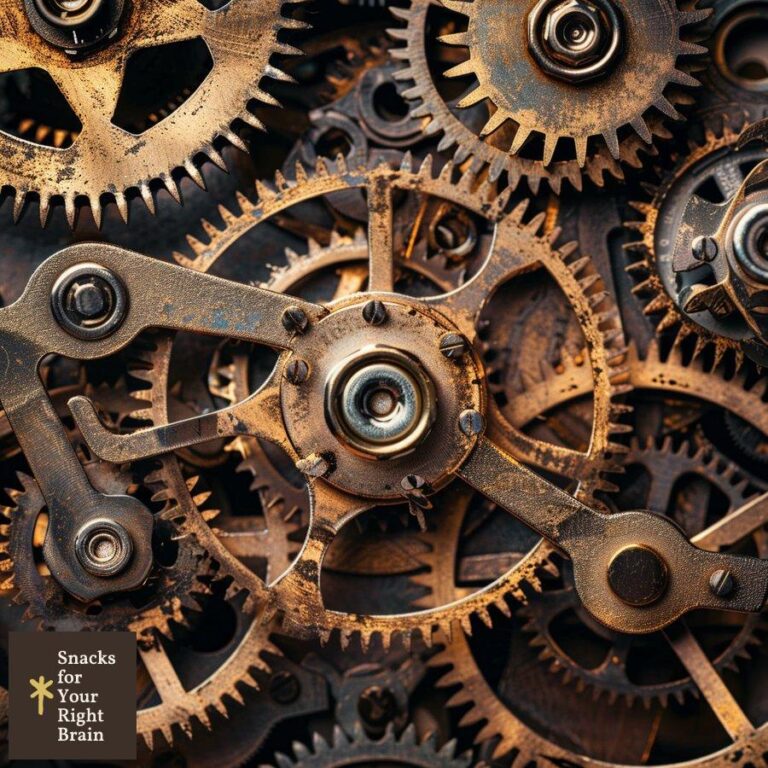What Is an Emotional Arc in a Story
What is an Emotional Arc in Storytelling?
The emotional arc in storytelling refers to the journey of a character’s emotions throughout a narrative. It is the progression of feelings, reactions, and transformations that a character experiences as they navigate the events and challenges of the story. The emotional arc is a crucial element that engages readers on a deeper level, allowing them to connect with the characters and invest in their experiences.
An emotional arc is not a linear progression but rather a complex tapestry of emotions that ebbs and flows, mirroring the ups and downs of life. It is the emotional journey that drives the story forward, creating tension, conflict, and resolution. The emotional arc is what makes a story resonate with readers, touching their hearts and minds.

What are the 6 Basic Emotional Arcs?

While there are countless variations and combinations, there are six basic emotional arcs that form the foundation of most stories:
-
Rags to Riches: The character starts in a negative state (a metaphorical “rags”) and progresses to a more positive state (a metaphorical “riches”). This arc is often associated with stories of overcoming adversity and achieving success.
-
Riches to Rags: The character starts in a positive state and regresses to a more negative state. This arc is commonly used in stories of tragedy, downfall, or loss.
-
Man in a Hole: The character starts in a positive state, falls into a negative state, and then rises back to a positive state. This arc is often used in stories of redemption, growth, or overcoming obstacles.
-
Icarus: The character starts in a positive state, rises to an even more positive state, and then falls sharply to a negative state. This arc is commonly used in stories of hubris, overconfidence, or the consequences of ambition taken too far.
-
Cinderella: The character starts in a negative state, falls to an even more negative state, and then rises to a positive state. This arc is often used in stories of underdog triumph or the fulfillment of dreams.
-
Oedipus: The character starts in a positive state, falls to a negative state due to a tragic flaw or mistake, and remains in that negative state. This arc is commonly used in stories of tragedy, where the character’s downfall is inevitable due to their own actions or flaws.
These six basic emotional arcs serve as a foundation for understanding the patterns and structures that underlie many stories. However, it’s important to note that these arcs are not rigid templates; rather, they are starting points for crafting unique and compelling emotional journeys.
Why is the Emotional Arc Important for Readers?
The emotional arc is essential for readers because it:
-
Fosters Connection: By following a character’s emotional journey, readers can empathize with their struggles, joys, and transformations. This connection helps readers invest in the story and care about the outcome.
-
Creates Tension: The ups and downs of the emotional arc generate tension, keeping readers engaged and eager to find out what happens next. Tension is the driving force that propels readers forward through the story.
-
Evokes Emotions: A well-crafted emotional arc elicits emotions in readers, allowing them to experience the story on a visceral level. Whether it’s joy, sorrow, fear, or triumph, the emotional arc taps into the reader’s own emotional experiences and memories.
-
Enhances Memorability: Stories with powerful emotional arcs tend to be more memorable and impactful. Readers are more likely to remember a story that has touched their hearts and minds, making it a lasting experience.
-
Reflects Real Life: The emotional arc mirrors the complexities and unpredictability of human emotions in real life. By following a character’s emotional journey, readers can gain insights into their own emotional experiences and the experiences of others.
In summary, the emotional arc is the beating heart of a story, connecting readers to the characters and the narrative in a profound and lasting way.
How Can You Craft an Effective Emotional Arc?
Crafting an effective emotional arc requires careful planning and execution. Here are some key elements to consider:
-
Character Development: Develop your characters in depth, giving them distinct personalities, backstories, and emotional traits. The more well-rounded and believable your characters are, the more readers will connect with their emotional journeys.
-
Inciting Incident: Begin your story with an inciting incident that disrupts the character’s status quo and sets the emotional arc in motion. This event should challenge the character’s beliefs, values, or goals, forcing them to confront their emotions and make difficult choices.
-
Obstacles and Challenges: Throughout the story, present your character with obstacles and challenges that test their emotional resilience. These obstacles should push the character to grow, change, and evolve, creating a compelling emotional arc.
-
Turning Points: Identify key turning points in the story where the character’s emotions shift dramatically. These turning points should be significant events or realizations that alter the character’s perspective and drive the emotional arc forward.
-
Emotional Beats: Within each scene, include emotional beats that reveal the character’s inner thoughts, feelings, and reactions. These emotional beats help readers understand the character’s emotional state and connect with their journey.
-
Emotional Climax: Build towards an emotional climax where the character’s emotions reach their highest point. This climax should be a significant moment of transformation, resolution, or revelation that ties together the emotional arc.
-
Emotional Resolution: Provide an emotional resolution that brings closure to the character’s journey. This resolution should show how the character has grown, changed, or been impacted by their emotional experiences throughout the story.
By incorporating these elements into your storytelling, you can craft an emotional arc that resonates with readers and leaves a lasting impact.
How Do Emotional Arcs Function in Individual Scenes?
Emotional arcs don’t just function at the story level; they also play a crucial role in individual scenes. Each scene should have its own emotional arc that contributes to the overall emotional journey of the story. Here’s how emotional arcs function in individual scenes:
-
Emotional Hook: The scene should begin with an emotional hook that grabs the reader’s attention and sets the tone for the character’s emotional state.
-
Emotional Progression: As the scene unfolds, the character’s emotions should progress and evolve in response to the events and interactions taking place. This progression should create a sense of tension, conflict, or resolution.
-
Emotional Climax: The scene should build towards an emotional climax where the character’s emotions reach their highest point. This climax should be a significant moment of revelation, decision, or transformation.
-
Emotional Resolution: The scene should end with an emotional resolution that brings closure to the character’s emotional journey within that particular scene. This resolution should set the stage for the next scene and the ongoing emotional arc of the story.
-
Emotional Consistency: While each scene should have its own emotional arc, it’s important to maintain emotional consistency throughout the story. The character’s emotions should feel authentic and true to their personality and the overall emotional journey of the story.
By crafting emotional arcs within individual scenes, writers can create a layered and nuanced emotional experience for readers. Each scene becomes a building block in the larger emotional arc of the story, creating a powerful and immersive reading experience.
How Does the Emotional Arc Relate to Character Development?
The emotional arc and character development are inextricably linked. The emotional arc is the vehicle through which character development occurs, and character development is what drives the emotional arc forward. Here’s how the emotional arc relates to character development:
-
Emotional Transformation: As a character navigates the events and challenges of the story, they should undergo an emotional transformation. This transformation should be a direct result of the character’s experiences and the emotional arc they follow.

-
Character Motivation: The character’s emotions and the emotional arc should drive their motivations and actions throughout the story. A character’s goals, desires, and decisions should be directly influenced by their emotional state and the emotional arc they are following.
-
Character Complexity: A well-crafted emotional arc contributes to the complexity and depth of a character. By revealing a character’s inner thoughts, feelings, and reactions, the emotional arc allows readers to see the character as a multifaceted individual with unique emotional experiences and traits.
-
Character Relatability: When a character’s emotional arc is authentic and relatable, readers are more likely to connect with and empathize with the character. This connection fosters a deeper understanding of the character’s motivations and actions.
-
Character Growth: The emotional arc should show how a character grows and changes over the course of the story. As a character confronts their emotions and navigates the challenges of the emotional arc, they should emerge transformed, having learned valuable lessons and insights about themselves and the world around them.
By aligning the emotional arc with character development, writers can create a powerful and compelling reading experience that resonates with readers on a deep emotional level. The emotional arc is the vehicle through which character development occurs, and character development is what gives the emotional arc its power and meaning.
How Can You Analyze Emotional Arcs in Stories?
Analyzing emotional arcs in stories is a valuable skill for writers and readers alike. By understanding how emotional arcs function in stories, you can gain insights into the craft of storytelling and apply those insights to your own writing. Here are some steps to analyze emotional arcs in stories:

-
Identify the Character’s Emotional Journey: Begin by identifying the character’s emotional journey throughout the story. What emotions does the character experience, and how do those emotions change and evolve over time?
-
Recognize Emotional Turning Points: Look for key emotional turning points in the story where the character’s emotions shift dramatically. These turning points should be significant events or realizations that alter the character’s perspective and drive the emotional arc forward.
-
Examine Emotional Beats: Pay attention to emotional beats within each scene that reveal the character’s inner thoughts, feelings, and reactions. How do these emotional beats contribute to the overall emotional arc of the story?
-
Analyze Emotional Climaxes: Identify the emotional climaxes in the story where the character’s emotions reach their highest point. How do these climaxes tie together the emotional arc and contribute to the story’s overall impact?
-
Consider Emotional Resolution: Examine the emotional resolution of the story and how it brings closure to the character’s emotional journey. How does the resolution show the character’s growth, change, or transformation?
-
Evaluate Emotional Consistency: Assess the emotional consistency of the story. Does the character’s emotional journey feel authentic and true to their personality and the overall emotional arc of the story?
-
Compare to Basic Emotional Arcs: Compare the emotional arc of the story to the six basic emotional arcs discussed earlier. How does the story’s emotional arc fit into or deviate from these basic patterns?
By analyzing emotional arcs in stories, you can gain a deeper understanding of the craft of storytelling and apply those insights to your own writing. Emotional arcs are the lifeblood of a story, and by mastering the art of crafting compelling emotional journeys, you can create stories that resonate with readers on a profound level.






